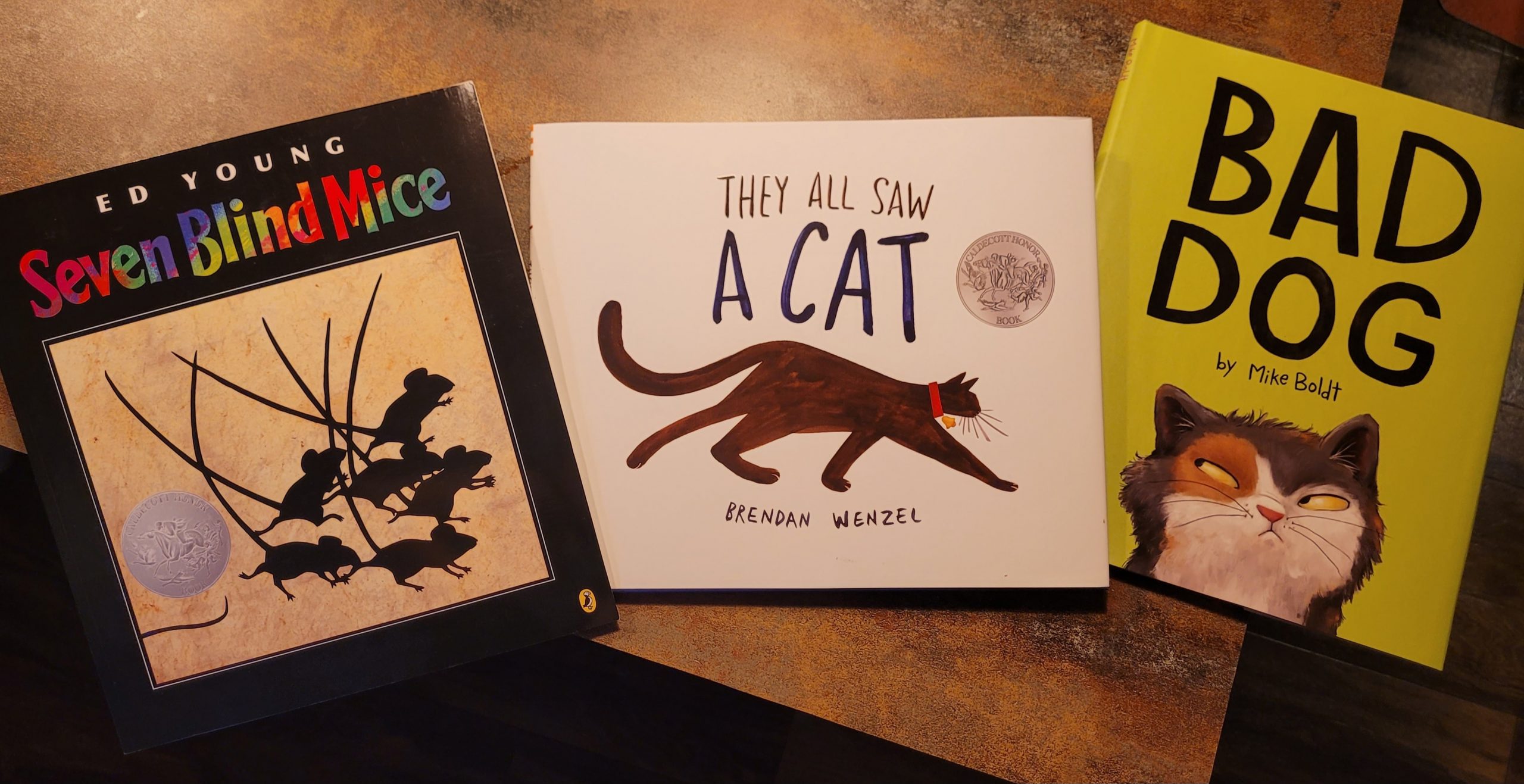I occasionally get concerned people asking me how critical thinking can be good for children. They ask questions like, “Why not let kids be kids?” and, “Why would you want to destroy their imagination and creativity?” It’s as if they think critical thinking is some scary plan that means to destroy all the world’s fun and turn kids into mindless drones.
That’s just plain silly, and it points to the possibility that a lot of people not only don’t understand what critical thinking is, they aren’t using it themselves. In reality, fun and critical thinking aren’t in opposition at all; they go hand in hand as a necessary part of growth and development.
Opening up children to problem solving and reasoning provides the opportunity for even the youngest learners to see bigger pictures. Critical thinking for children involves things that adults too often tend to ignore (or take for granted), such as giving them the opportunity to see different perspectives, allowing them to interact with their environment, and discovering new ways to interpret context clues and situations in the world we live in (including the people and animals). To simplify, all this means is that critical thinking can be a handy tool to actually expand the imagination and foster creativity!
… but how?
Okay, so if it’s not a nose-grinding snorefest, what does critical thought for kids look like then? Let’s check out three awesome books for early learners aged 2-5 to find out.

They All Saw a Cat, a Caldecott Honor book by Brendan Wenzel is a sweet book that focuses on looking at things through the eyes of a different person, er, animal. As a pretty kitty wanders around its world, other creatures — a human, a snake, a bee, a mouse, and so on — view the cat doing its daily activities. Through illustration, Wenzel shows what the cat looks like through the eyes of others. A mouse sees something big and scary, a fish sees a blurry set of eyes, and a human sees his pal, but they all saw a cat. This beautifully illustrated book is a great way to show kids that we all perceive others differently, and to get them thinking about how others feel, see, or think.

Bad Dog by Mike Boldt is centered on a child pet owner who describes their dog Rocky as a “bad dog” because it doesn’t do things dogs typically like to do, such as play fetch, do tricks, or go on walks. It’s very obvious to the reader from the start that this dog is actually a cat. This an excellent book for examining context and environmental clues, as well as setting values and limitations. This book is cute and will leave your kid humorously (and loudly) wondering how a “good cat” can be mistaken for a “bad dog” by its owner.

Seven Blind Mice by Ed Young is a Caldecott Honor book and a classic staple for many preschools and kindergartens in the U.S. This beloved book revolves around seven blind mice who are trying to figure out what an object is. Six of them come back, each with a different description — a pillar, a rope, a cliff — and no consensus can be made. The seventh mouse climbs on the object and runs all about, then combines all the information from the other mice to forge together one BIG object: an elephant!
The illustrations and the simplicity are awesome for littles to interpret, and can help with perspective, linking details, and combining ideas for a bigger picture. The visual appeal of this book is excellent for showing similarities, and will keep kids going back and forth to see relationships between shapes and texture.

While these three books are great examples of critical thinking for kids, let’s not forget that the simple act of sitting down and reading to your child will do wonders for their listening and comprehension skills, both of which are integral to a healthy, growing, critical thinking mind. Reading is a fabulous tool that fosters imagination and can aid in creating a love of learning. There are benefits for the adults here, too. Not only will reading to your kids help promote bonding and an unforgettable experience for you and child alike, it’ll keep you sharp, too!
Every February, to help celebrate Darwin Day, the Science section of AIPT cranks up the critical thinking for SKEPTICISM MONTH! Skepticism is an approach to evaluating claims that emphasizes evidence and applies the tools of science. All month we’ll be highlighting skepticism in pop culture, and skepticism *OF* pop culture.
AIPT Science is co-presented by AIPT and the New York City Skeptics.
Join the AIPT Patreon
Want to take our relationship to the next level? Become a patron today to gain access to exclusive perks, such as:
- ❌ Remove all ads on the website
- 💬 Join our Discord community, where we chat about the latest news and releases from everything we cover on AIPT
- 📗 Access to our monthly book club
- 📦 Get a physical trade paperback shipped to you every month
- 💥 And more!














You must be logged in to post a comment.